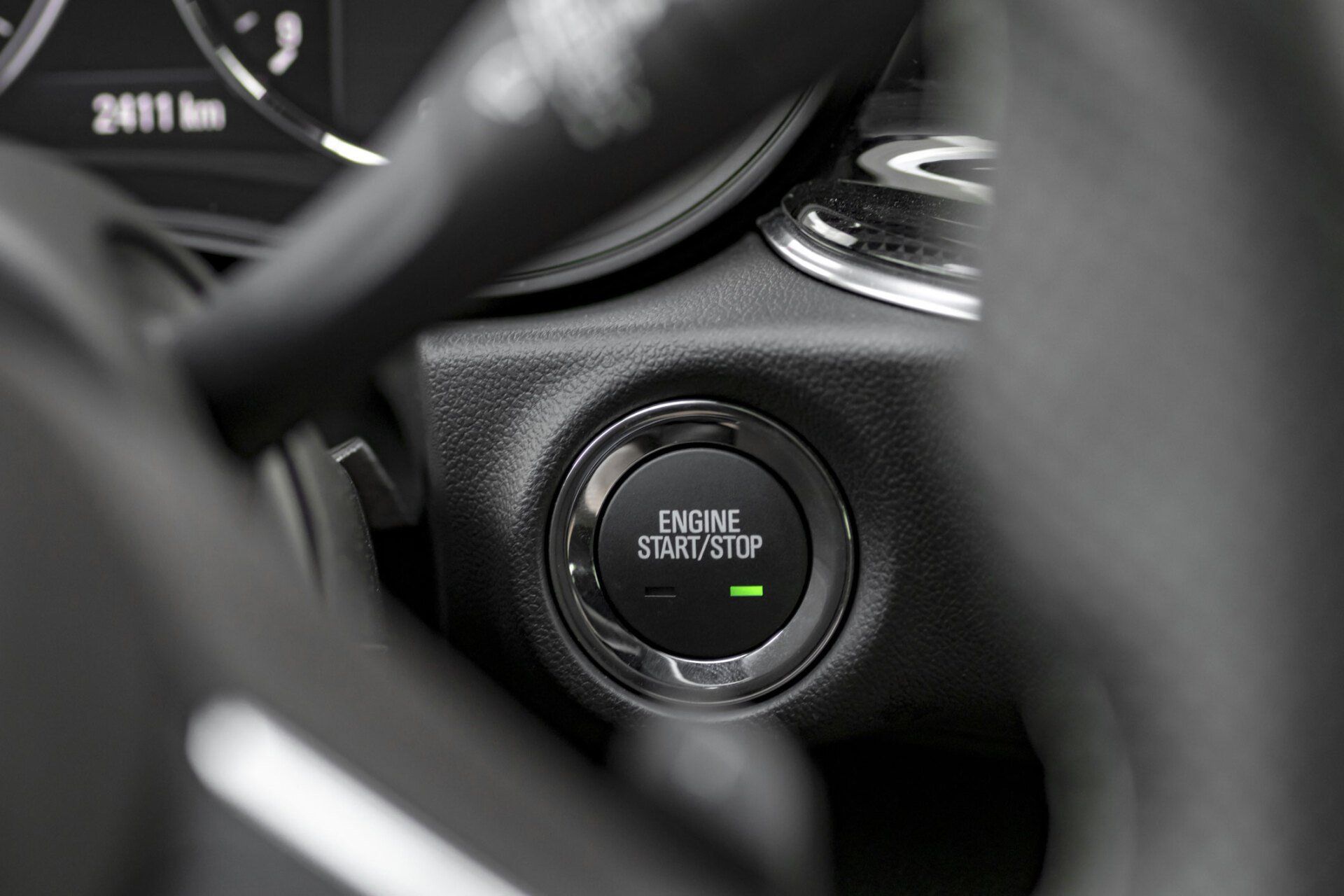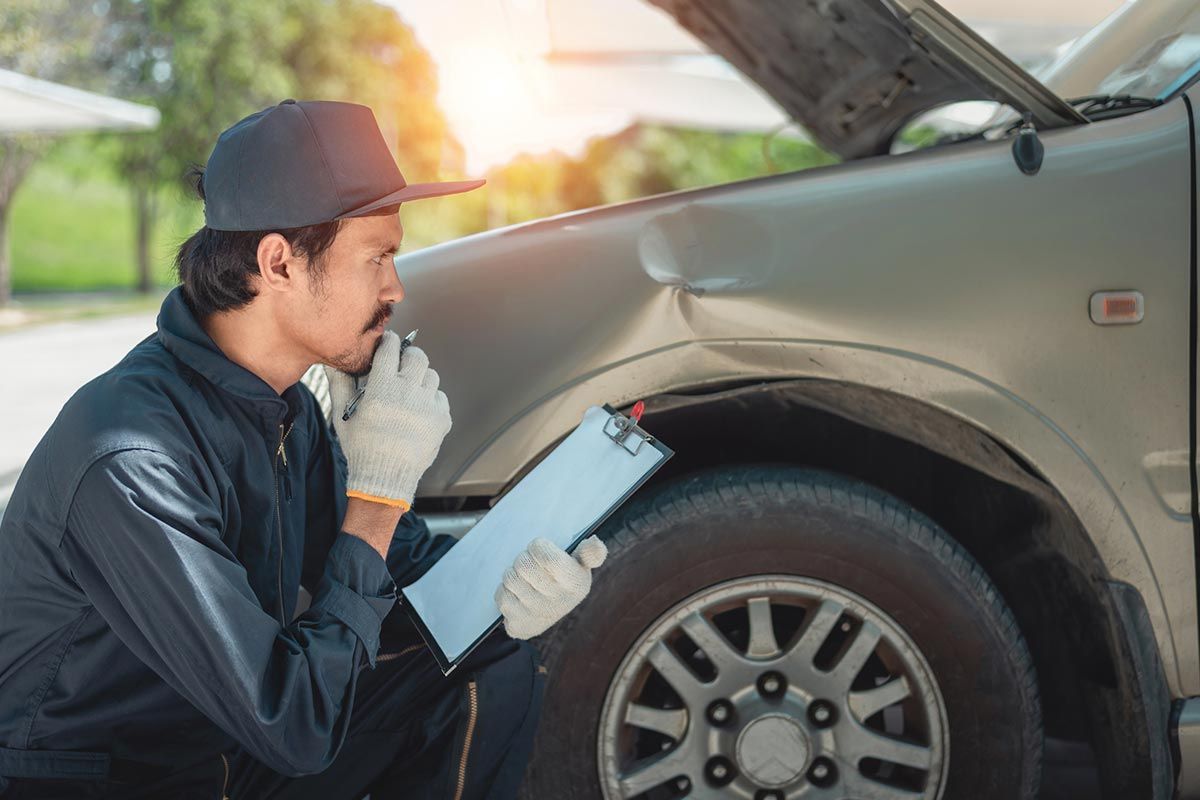4 High-tech Automobile Features That Help Prevent Collisions
June 14, 2021
This is a subtitle for your new post

If you plan to purchase a new automobile soon, then you should learn about the high-tech features available in many of today's newer automobiles that can help prevent vehicle collisions. Over 90 percent of all new vehicles on the market are equipped with at least one of these advanced safety features that are formally known as Advanced Driver Assistance Systems (ADAS).
Some ADAS work so well at preventing vehicle accidents that industry experts have seen a 27 percent reduction in auto accident bodily injury insurance claims. Additionally, there has been a 19 percent reduction in property damage claims involving vehicles equipped with an ADAS of any type.
While there are numerous ADAS features available in today's vehicles, read on to learn about a few of the most useful high-tech anti-collision automobile features and how they work.
1. Lane-Keeping Assistance
Since drifting out of your designated lane on the road and into another can quickly lead to a vehicle collision, many automakers are equipping their vehicles with a lane-keeping assistance feature. A lane-keeping assistance feature helps keep your vehicle from straying out of its current lane without any help from you.
While lane-keeping assistance features can vary slightly in design, most rely on input from a lane-departure camera or infrared sensors to detect when a driver is crossing the center line of a road. If the center lane is being crossed, the vehicle onboard computer sends a message to the vehicle steering wheel instructing it to turn just enough to steer the vehicle back into its original lane.
Unfortunately, while this feature is useful, it does not work well when road markings are covered in snow or debris and when roads lack lane-dividing center lines.
2. Automatic Emergency Braking Assistance
Another high-tech vehicle feature designed to prevent vehicle collisions is the automatic emergency braking (AEB) system. Vehicles can be equipped with forward automatic emergency braking, reverse automatic emergency braking, or both.
Unlike collision warning systems that simply alert drivers of road obstructions and encourage them to brake or steer away from them before they collide, AEB systems engage the braking system without help from the driver to stop the car before it collides into the obstruction.
Most automatic emergency braking systems are incapable of detecting all road obstruction types, but most can thwart collisions with other vehicles and also help prevent collisions with pedestrians and cyclists.
Like the lane-keeping assistance feature, most AEB features rely on data from cameras or special radar sensors to detect road obstructions before the driver of a vehicle collides with them.
3. Fully Automatic Parking Assistance
While automobile collisions that occur when parking a vehicle are typically small fender benders, these accidents can lead to vehicle body damage, property damage, and even pedestrian injuries. For this reason, many vehicle makers now offer a fully automated parking assist ADAS feature.
While automatic parking features can vary, some signal the vehicle braking, acceleration, and steering systems to operate autonomously to park the car with no assistance from you.
Many automakers also offer semi-automatic parking assist features that take control of the steering wheel to help you enter tight parking spaces while you control the vehicle brake and acceleration pedals.
While the technology that controls parking assist features can be elaborate, most rely on input from vehicle cameras, sensors, and special radars to calculate the movements the automobile needs to park.
If you plan to purchase a new automobile soon, then you should learn all about the new Advanced Driver Assistance Systems (ADAS) available on today's vehicles that can help you avoid vehicle collisions. Contact the staff at Automotive Super Sports for all of your automobile collision repair
needs.
Do you want to take care of your car? Discover specific signs that indicate that you should have a professional check your car at a repair shop.
While not all car accidents are fatal, they cause some vehicle damage. Read on to discover signs of hidden vehicle damage to watch for after an accident.
Common types of auto body damage include paint scratches, collision damage, dings and dents, weather damage, and windshield damage. Read on for more.
Keep yourself protected on the road with four helpful things to know about your headlights in connection to auto accidents. Read on for more information.
As a vehicle owner, you should know what elements can damage your car's paint job. Discover four of the most common to watch out for.










